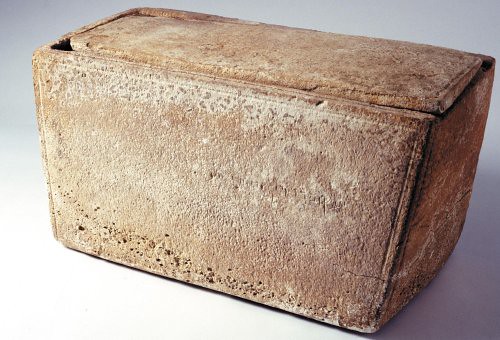Read Part 1
There are two possibilities on how Homer knew about the eclipse which happened five centuries ago.
- The eclipse details was passed down through oral tradition to Homer.
- If Homer knew about Metonic and Saros eclipse cycles, he could have estimated the eclipse.
Currently there is no evidence that Greeks were interested in such precise observation of astronomical events. Since the eclipse did not pass through other major civilizations of the time, the data could not have come from elsewhere. The authors believe both theories to be outlandish.
Irrespective of the astronomical data, there is general consensus on the date of the Battle of Troy since the date predicted by the classical writers have been validated by archaeology. Plato gave a date of 1193 B.C.E, Eratosthenes, 1184 B.C.E and Herodotus, 1250 B.C.E. for the fall of Troy; the destruction layer in Troy VII has been dated to 1190 B.C.E.
Even though they could find a date which matches data from other sources, the authors of the paper make it clear that it is no indication that the Odyssey really happened. The paper, they state, only makes the case that if certain astronomical events listed are correct, then they refer to a historical eclipse.
While the date for the Trojan war was validated with extensive archaeology, Mahābhārata archaeology has been minimal. The dates for the war have a spread of two millennia; the Trojan war has a spread of 135 years. This date of 3097 B.C.E does not become credible unless it synchronizes with archaeological data. For example, horses play an important part in the epic and no horse remains dating to that period has been found in India[1].
While Odyssey has only few astronomical references, Mahābhārata has many. Does this mean the composers of Mahābhārata observed astronomical events with great accuracy or did they painstakingly retrofit a later day story with historical astronomical events?
Rajiv Malhotra meanwhile asks if it really matters how old Mahābhārata is?
At the same time, one comes across many Hindu scholars who are chasing useless and chauvinistic bandwagons that are disconnected from today’s relevant issues. For instance, they seem to be obsessed with ‘proving’ the age of the Mahabharata or geographically locating the Vedas, as if any Hindus were converting because the Mahabharata is not proven to be old enough! They are like ostriches with their heads stuck inside the temple, ashrama and/or political arena, while the globalized world has already passed them by.[Myth of Hindu Sameness]
In fact does it really matter how old Odyssey is or if it really happened? For those interested only in the theology of Mahābhārata it does not matter if the epic was history or poetry from an imaginative mind. But let others who are curious investigate. That too is important.
It is also important to note that research based on astronomical data was carried out in a reputed American university and the results published in the Proceedings of the National Academy of Science. This is treated as scholarship and is neither frowned upon, not considered taboo. The observations in the paper was carried by all major news sources and none of them passed judgement on this type of research. While the world now knows about the work of Marcelo O. Magnasco and Constantino Baikouzis, the work of Narahari Achar largely remains unknown, even in India.
Notes:
[1] The Bhimbetka rock shelters of the Paleolithic age have horse images, but they have not been accurately dated.
